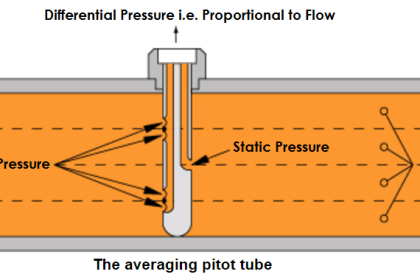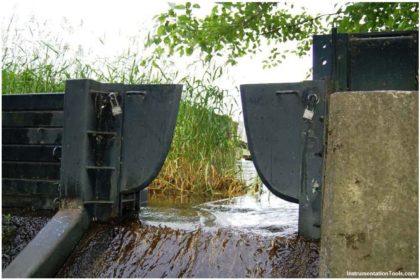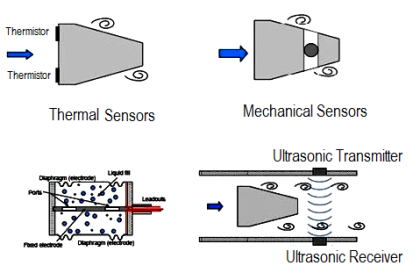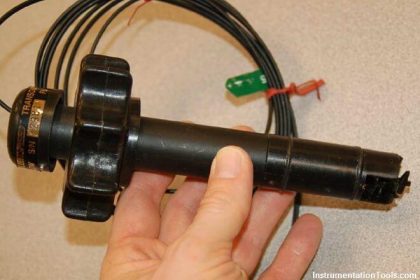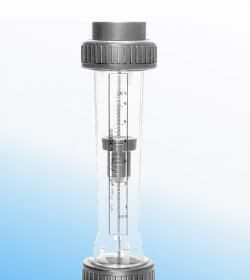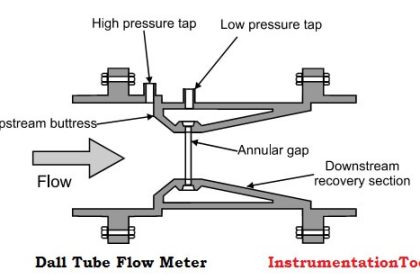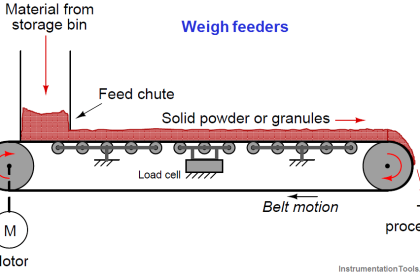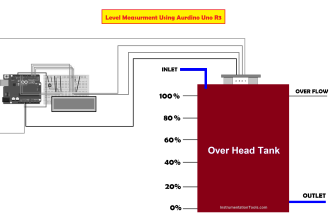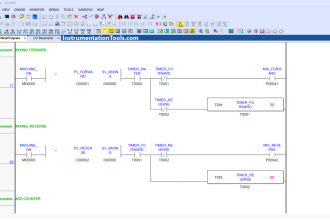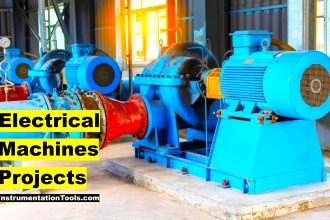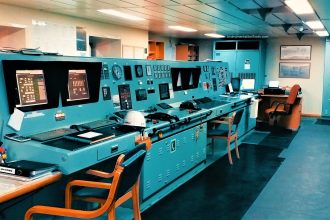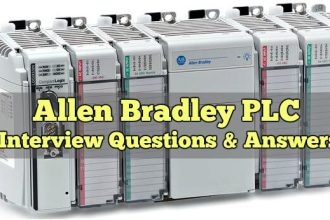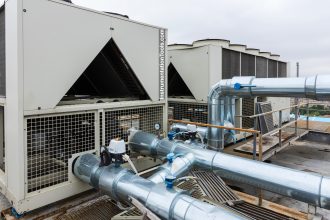Many times we encounter differential pressure type flow meters for doing various activities like preventive maintenance, commissioning, or checking the response on a doubt basis.
DP Flow Meter
At that time, we mostly get confused by seeing the two ranges i.e. one is mmH2O and the other is m3/hr. Also, there is a square root relationship between the flow and differential pressure.

Today in this article we are going to learn two methods for calculating the flow of given differential pressure.
Differential Pressure Flow Meters Range Calculation
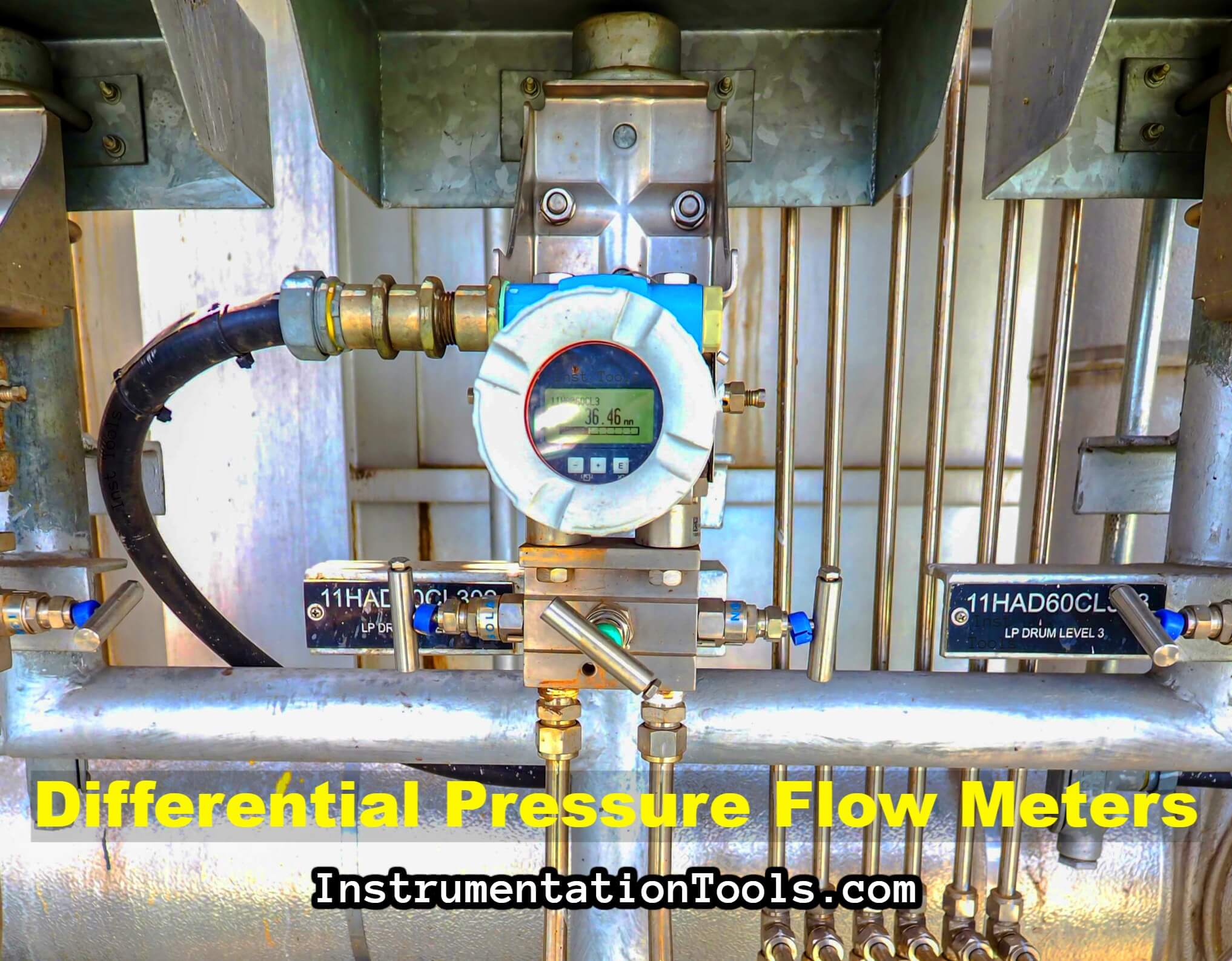
In this method, we will use the formula to calculate the flow for given differential pressure.

Here we get the mA using the formula. We need to convert mA to a proportional value in mmH2O or m3/hr.
Let us understand this using one example.
Suppose for an orifice-type differential flow meter, the DP range is 0 mmH2O to 2000 mmH2O. The output flow range is 0 m3/hr to 1000 m3/hr.
Step 1: Calculate mA corresponding to 800 mmH2O.
We can easily do this using the Range Conversion Formula and Examples
(800-0)/(2000-0) = (Value_2 – 4)/(20-4)
Value_2 = (0.4 x 16) + 4
Value_2 = 6.4 + 4
Solving for Value_2, we get
Value_2 = 10.4
10.4 is our linear mA corresponding to 800 mmH2O in the range of 0 mmH2O to 2000 mmH2O
Step 2: Plut this linear mA into the equation which we discussed for flow and differential pressure conversion
Square Root mA = 4 + [4 * √(10.4-4)]
Square Root mA = 4 + [4 * 2.529]
Square Root mA = 4 + 10.116
Square Root mA = 14.11928
Here, 14.11928 is our mA corresponding to the flow which is in the range of 0 m3/hr to 1000 m3/hr.
Step 3: Convert this Square Root mA i.e. 14.11928 mA into flow in the range of 0 m3/hr to 1000 m3/hr again use Range Conversion Formula and Examples.
(14.11928-4)/(20-4) = (Value_2 – 0)/(1000-0)
Value_2 = (10.1192/16) +0
Solving for Value_2, we get
Value_2 = 632.455
Hence we will get the flow of 632.455 m3/hr for the differential pressure of 800 mmH2O
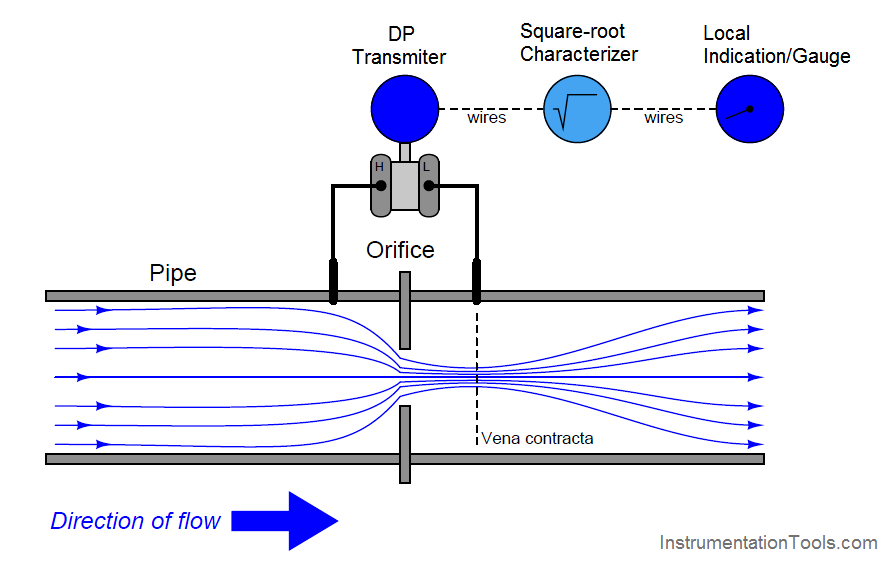
Flow and Differential Pressure Square Root Calculation
This is another method we will discuss the flow and differential pressure square root calculation of DP flow meters.
We will take the same example and learn to calculate the flow corresponding to 800 mmH2O
Step 1: Calculate how much % is 800 in the range of 2000 (take absolute range i.e. URV – LRV)
800 → 2000
? ← 100
Yes, you are correct. It is 40%.
Step 2: Divide 40 by 100. We get 0.4
Now calculate the square root of 0.4
√0.4 = 0.632455
Step 3: Multiply the absolute range of m3/hr range with 0.632455 and add LRV(0 in our case)
1000 * 0.632455 = 632.455
Ohh Yes, my friend. It is that easy.
I hope now this topic won’t create any confusion in your mind.
Read Next:
- Impulse Piping for Field instruments
- Pressure Transmitters Purge Lines
- Instrumentation Earthing
- UPS Selection Factors
- Basics of SIL Verification
